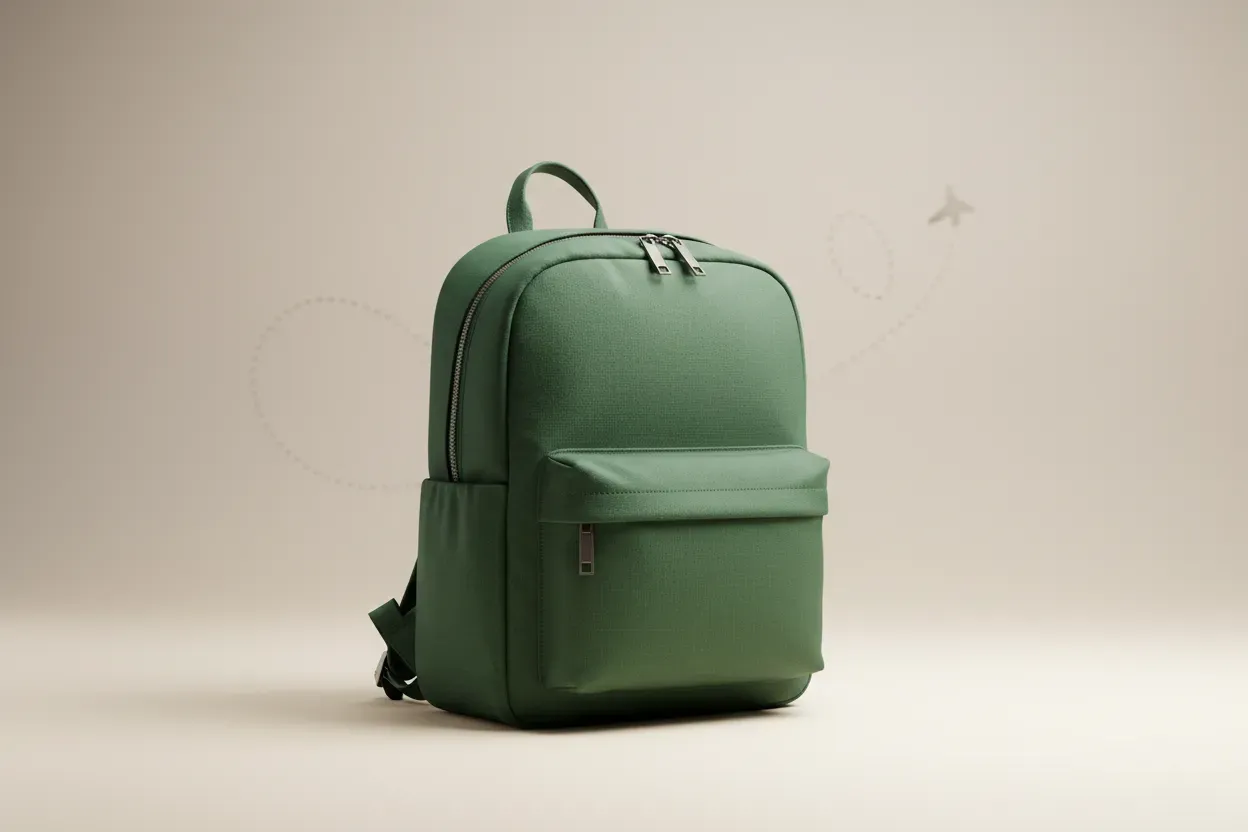How Do You Handle Language Barriers While Traveling?
When venturing into non-English-speaking territories, overcoming language barriers is key to a smooth journey. We’ve gathered insights from founders and travel advisors, focusing on strategies from using visual communication tools to combining tech with non-verbal cues. Here are the top four communication strategies shared by these experts.
- Use Visual Communication Tools
- Create Bilingual Cheat Sheets
- Learn Basic Local Phrases
- Combine Tech with Non-Verbal Cues
Use Visual Communication Tools
Get creative. If you cannot express yourself verbally, use pictures and emojis, write numbers, draw maps, or show pictures of what you need or want. Though it might end up looking like a Pictionary game, you ought to be able to make your point.
 Axel Hernborg
Axel Hernborg
Founder and CEO, Tripplo
Create Bilingual Cheat Sheets
As the CEO of an education company specializing in Japanese, I deal with language barriers by turning them into learning opportunities. I bring my teacher’s mindset to the task, creating bilingual cheat sheets that not only assist me but also help my colleagues foster their own language skills.
This method gives us conversational confidence and opens the door to deeper cultural exchanges. Learning is never a solo journey; it drives me, my team, and our company ahead, closing the linguistic gap one phrase at a time.
 Nooran Zafarmand
Nooran Zafarmand
Co-Founder and CEO, Japamana
Learn Basic Local Phrases
I always recommend learning at least some basic phrases in the local language before traveling to a non-English-speaking country. This can make your experience much more enjoyable and help you navigate through any language barriers that may arise.
I always use my mobile devices to download language translation apps or dictionaries, which can be lifesavers when communicating something specific. Before traveling, I also write down key phrases and common words in a small notebook or on flashcards that I can easily reference during my travels. This avoids constantly pulling out my phone and allows me to communicate more efficiently with locals.
Some locals may speak some basic English, but it is always considerate to make an effort to communicate in their language. It shows respect for their culture and can lead to more meaningful interactions with locals. Gestures and body language can also be used to communicate when words fail. Simple things like smiling, hand gestures, or pointing can help convey your message.
 Rachel Coleman
Rachel Coleman
Travel Advisor and Senior Editor, Easy World Travels
Combine Tech with Non-Verbal Cues
I’ve developed a personalized approach that involves relying on visual communication and technology. When facing these challenges, I personally turn to translation apps on my phone, allowing me to translate text or utilize the camera for instant visual translation.
I’ve found that incorporating universal gestures and simple drawings further enhances my ability to convey essential messages, fostering a sense of understanding and connection with the local community.
In my travels, I’ve discovered that embracing technology and non-verbal communication becomes a valuable and personalized strategy for navigating language differences and enriching my overall travel experience.
 Stefan Kroesbergen
Stefan Kroesbergen
Founder, Getsby
Submit Your Answer
Would you like to submit an alternate answer to the question, “How do you handle language barriers when traveling to non-English-speaking countries? Share one communication strategy.”




